How To Treat And Prevent A Sprained Ankle
A sprained ankle typically occurs individuals roll their ankle and tears a ligament. Multiple ligaments link the ankle bones together and keep them from moving too far. The ligament located on the outer side of the ankle is more likely to become torn. A doctor diagnoses a sprained ankle after an examination of the patient's foot, lower leg, and ankle. The doctor will typically touch the skin surrounding the injury and ask about the patient's pain. They will also typically check the patient's range of motion in their ankle. It is common for doctors to order an imaging scan like an x-ray to make sure the bones are not broken.
Sprained ankle treatment varies based on the severity of the injury. Many patients are successful when they use natural remedies for a sprained ankle, including rest and ice. Compression socks for a sprained ankle are also popular. However, some individuals may need medicine for a sprain. Specifically, they will need a pain reliever for ankle sprains. Of course, it is best to consider all treatments for a sprained ankle before making a decision.
Rest And Ice
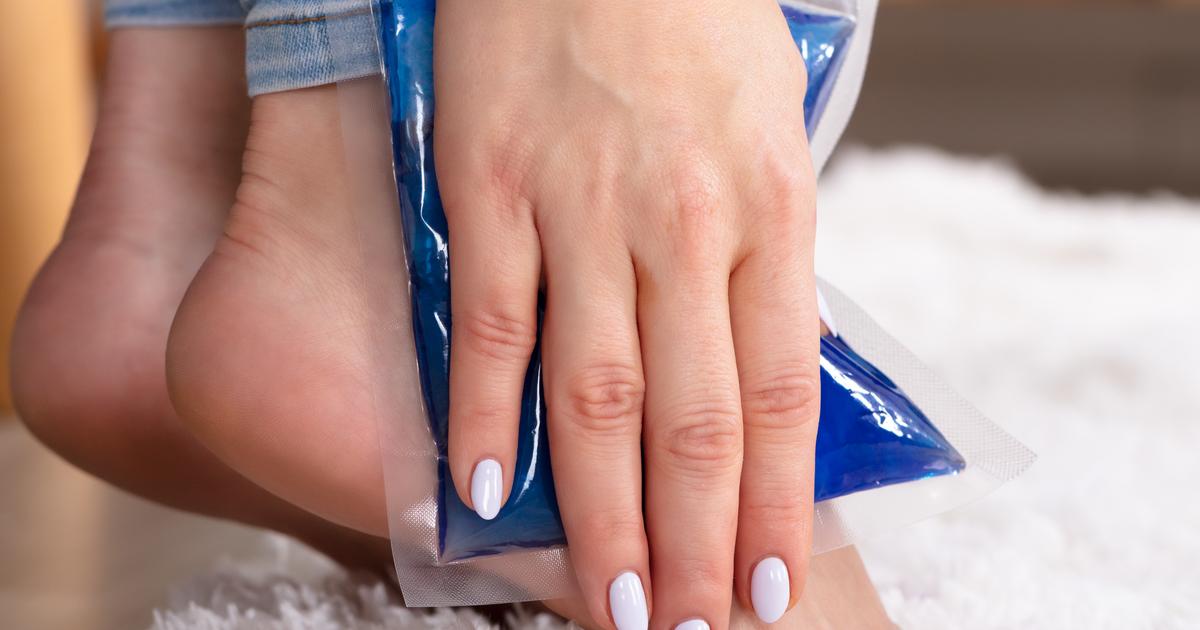
The first line of treatment prescribed is typically to use rest and ice. If the patient's pain is not severe, they can often treat mild sprains at home with this method without needing to see a doctor. A torn ligament needs time to heal. When individuals continue walking and putting pressure on their foot, it further strains the ligament rather than allowing the bands of tissue to knit themselves back together. Ice is typically used to help manage pain and swelling. If individuals work at a job that requires them to be on their feet, they should ask if they can use a stool or chair while they heal. Affected individuals might also use crutches to keep weight off their injured ankle and foot.
It is important to use ice safely and not apply it to the injury constantly. However, immediately after the injury, patients should use an ice pack or slush bath for fifteen to twenty minutes. They should remove the ice and reapply it every two or three hours with a cloth between the ice pack and their skin while they are awake. If individuals have any underlying medical conditions, they should talk to a doctor before using ice.
Uncover more ways to treat a sprained ankle now.
Compression And Elevation
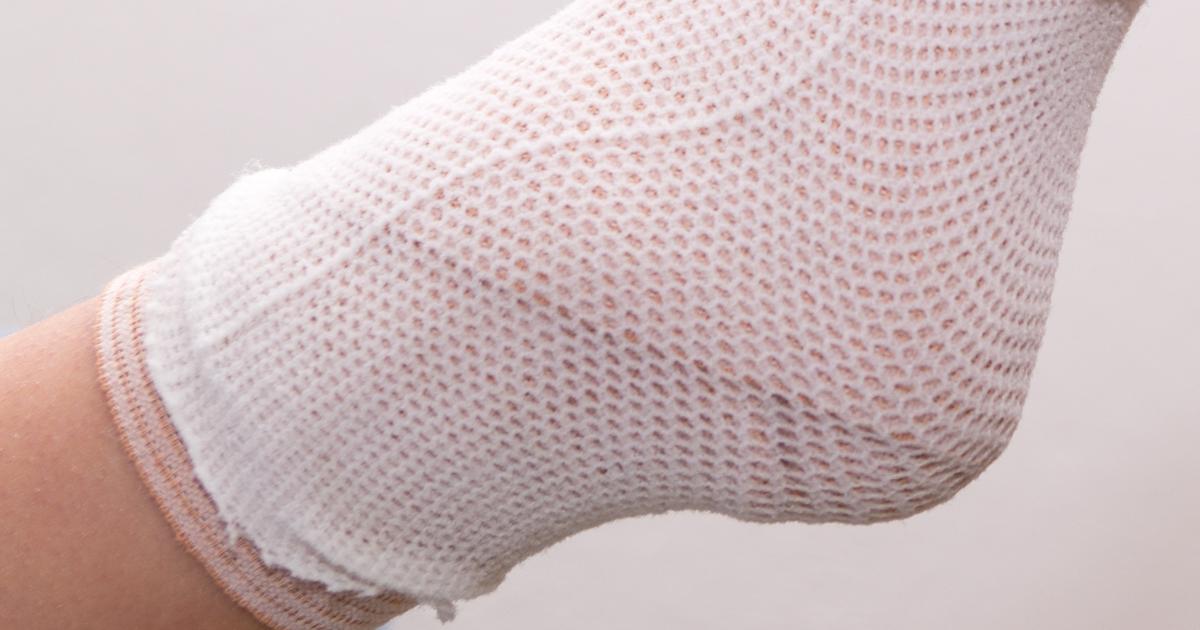
Compression and elevation are the next steps in the typical at-home care method. Many patients only need to rest their injury and apply ice if their sprained ankle is mild. However, if their pain is moderate to severe, or it persists for longer than a day, compression and elevation are excellent tools. Compression is an excellent way to reduce swelling in the ankle. In many cases, patients with a sprained ankle can use a special bandage to wrap their ankle. There are also compression stockings to help with swelling in the legs, some of which are long enough to assist with ankle swelling.
Individuals should make sure they do not wrap any bandages too tightly, as this can hinder circulation. They should start the wrap at the furthest point from their heart. Elevation also reduces swelling. When sleeping at night, individuals should place their injured ankle on a pillow to elevate it above their heart. This encourages good circulation and fluid drainage.
Read more about treating a sprained ankle now.
Over-the-Counter Pain Medication

Over-the-counter pain medication is typically used to help mild to moderate sprains. The three most common are acetaminophen, ibuprofen, and naproxen sodium. It should be noted that naproxen sodium is popular for its ability to reduce inflammation. However, it should not be taken long-term because of the potential to cause organ damage. If the pain is serious, individuals should talk to a doctor about other pain management options.
A doctor should investigate pain that is too severe to manage with over-the-counter pain relievers. This is because the same injuries that cause sprained ankles can also cause ankle fractures. If individuals take any medications already or have any underlying health conditions, they should talk to the pharmacist when they get the pain relievers to make sure they are safe to use. Many over-the-counter pain relievers thin the blood and make it difficult to clot, which can be dangerous if patients have a bleeding disorder or certain injuries.
Get more information on how to treat a sprained ankle now.
Use Of Crutches

Some patients dealing with a sprained ankle may benefit from the use of crutches. The benefits of crutches will vary from case to case. If the sprain is severe enough, such as in cases where the ligament was completely snapped, affected individuals might need crutches or a wheelchair for a prolonged period. Crutches are helpful because they keep weight off the injured ankle. This prevents pain from flaring up, and it also helps speed the healing process by keeping the ligament from being strained.
If a patient's ankle has very questionable stability or strength, their doctor may recommend using a support brace. Support braces keep the patient's ankle from rolling outward and help increase the overall strength of the limb when they walk. Severe sprains may require walking boots or casts that completely immobilize the ankle during the healing process. Patients should talk to a doctor about which treatment option is right for them.
Keep reading to uncover more options for treating a sprained ankle now.
Exercises For Balance And Stability
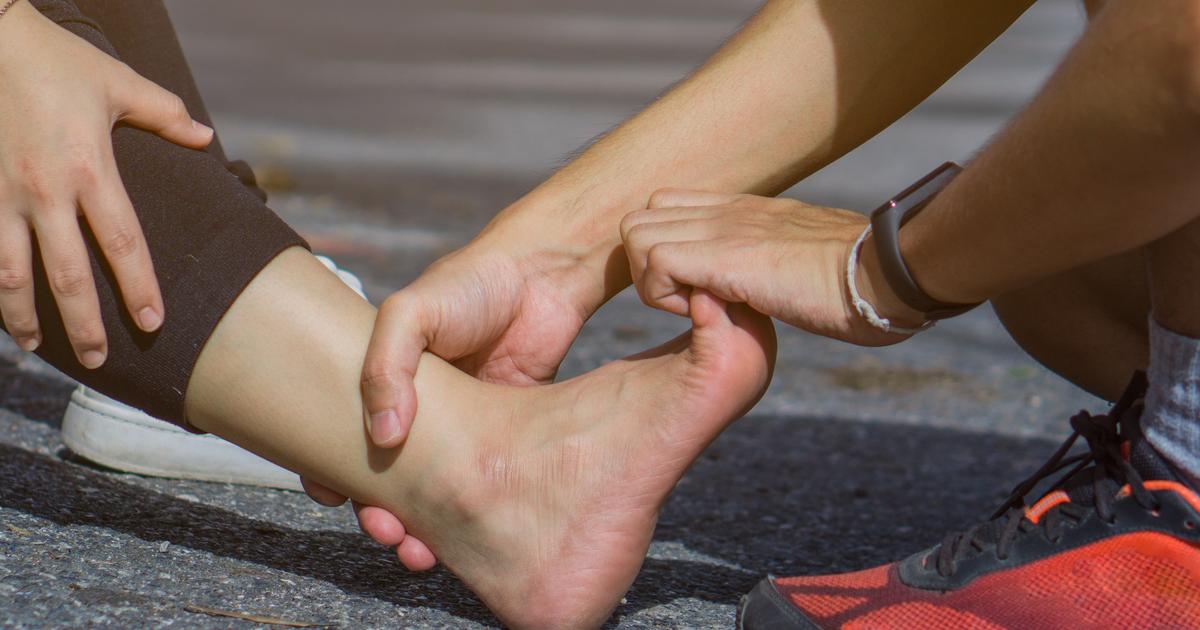
An ankle sprain can lead to a destabilization of the ankle, especially if patients have a prior history of ankle injuries. After the pain and swelling have gone down enough to allow movement, part of recovery will involve exercises for balance and stability. The doctor will typically give a patient a range of different exercises that help restore the range of motion, flexibility, stability, and strength of their ankle.
Patients should make sure not to take on too much too fast, as this can lead to a recurrence of the injury. Individuals with more moderate to severe injuries may be referred to a physical therapist to help with treatment. It is vital to retrain ankle muscles to work together after they have healed, as this is what will help patients regain their stability and balance. Typical exercises challenge an individual's ability to balance and stabilize. They may be asked to stand on one leg or do other balance exercises.
Continue reading to discover additional treatment options for sprained ankles now.
Ligament Surgery
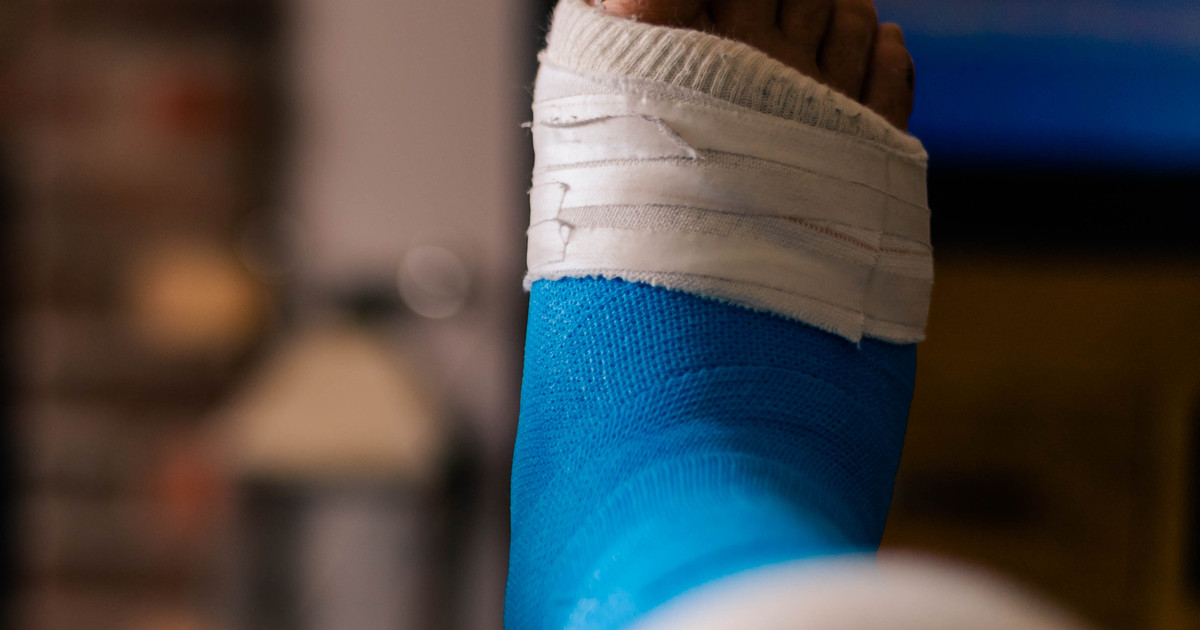
Ligament surgery is not a common treatment for sprained ankles. Doctors typically only recommend surgery when a patient’s sprained ankle does not heal after physical therapy and strengthening exercises or it remains fairly unstable. There are a couple of goals with ligament surgery. Some patients will receive surgery to repair the affected ligament when it does not heal. Other individuals will have reconstructive surgery on their torn ligament. In this surgery, the doctor will use tissue from a tendon or ligament nearby to reconstruct the injured one. Most patients are able to go home the same day of their surgery, though they will have a fair amount of recovery to do at home.
Get more information on the various ways to prevent sprained ankles now.
Wear Appropriate Shoes

Individuals who have had one sprained ankle are at a higher risk of developing another. In addition, individuals who are quite active also increase their risk of ankle sprains. However, they can all reduce this risk if they wear appropriate shoes when they are physically active. This means that individuals who want to run should purchase shoes that are meant for running. Those with unstable ankles or a habit of rolling them may want to consider running shoes marked as ‘stabilizing.’ Wearing hiking shoes or hiking boots on outdoor hikes is crucial, since many types of terrain increase the risk of rolling an ankle. Hiking boots, in particular, provide significant support to the ankles.
Uncover more options for preventing sprained ankles now.
Try Strengthening Exercises

Strengthening exercises are vital in preventing future ankle sprains, particularly when individuals are recovering from a recently sprained ankle. One of the most common strengthening exercises to try is for individuals to trace every letter in the alphabet with their big toe. Doing this with all of the letters makes individuals rotate their ankle in all directions. If patients are recovering from a sprained ankle, they may not be able to do all letters initially, but they should work up to it and continue this exercise regularly. Standing on one leg for short periods, such as thirty seconds to a minute, helps improve ankle strength as well. Another option is to sit down with only one foot flat on the floor and move that knee side to side for a few minutes.
Discover more ways to prevent a sprained ankle now.
Ankle Tape For Support
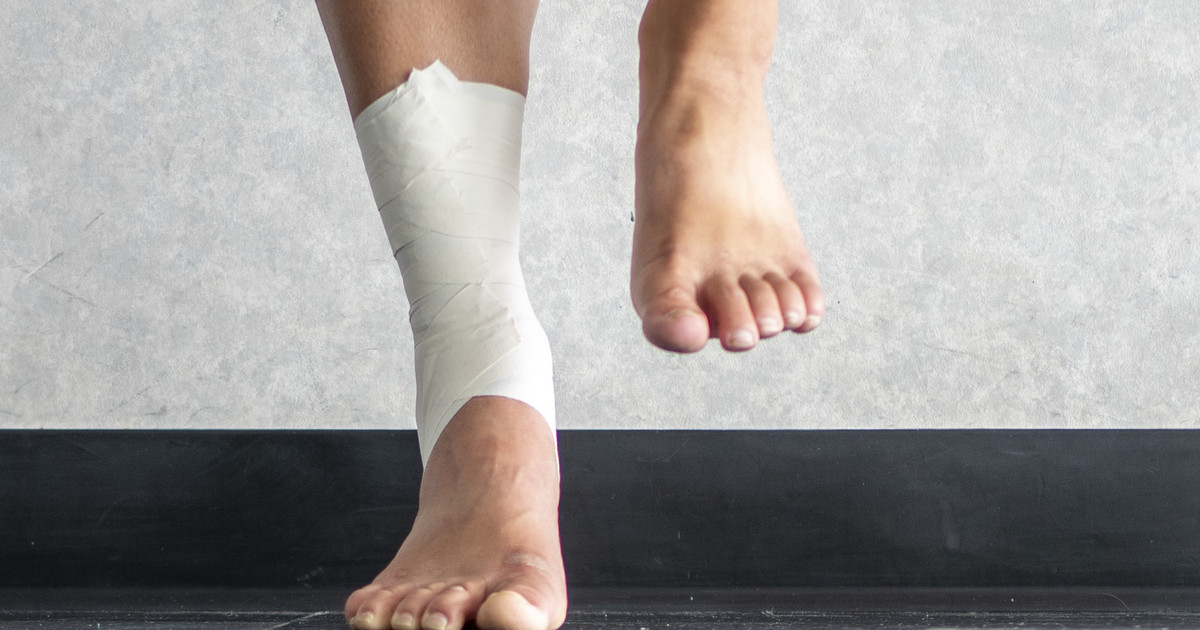
Individuals who are prone to sprained ankles should consider wearing ankle tape for support. This can come in two main forms. Specifically, some individuals may want to wear athletic tape when their ankle is injured. This tape does not stretch, which means it stabilizes injuries and provides strong support to stop an injury. Unfortunately, athletic tape can affect an individual’s circulation, which is why individuals should wear it for less than a day.
Another option is to wear kinesiology tape, which is fairly stretchy. Kinesiology tape is helpful for individuals who need extra support for their ankle but still need to have range of motion. This tape is good for individuals with unstable ankles and who are returning to physical activity after a sprain. Individuals can wear kinesiology tape for extended periods, including up to five days. Some types of kinesiology tape are waterproof, so individuals can bathe and shower without removing it.
Continue reading to learn more about preventing sprained ankles now.
Remove Potential Obstacles

Individuals should be sure to remove potential obstacles that they can trip over in their home. This may mean removing carpets or securing the edges down. In most cases, removing potential obstacles means keeping hallways and other walkways clear of toys, papers, and unnecessary pieces of furniture. Individuals should also extend the practice of removing potential objects to their front and backyards. Here, common problems include garden hoses that are left unwrapped in the grass, watering cans, as well as rakes and shovels. Removing potential obstacles is particularly important when individuals are recovering from a sprained ankle, as it reduces the risk of worsening the injury and makes it easier to move around.
